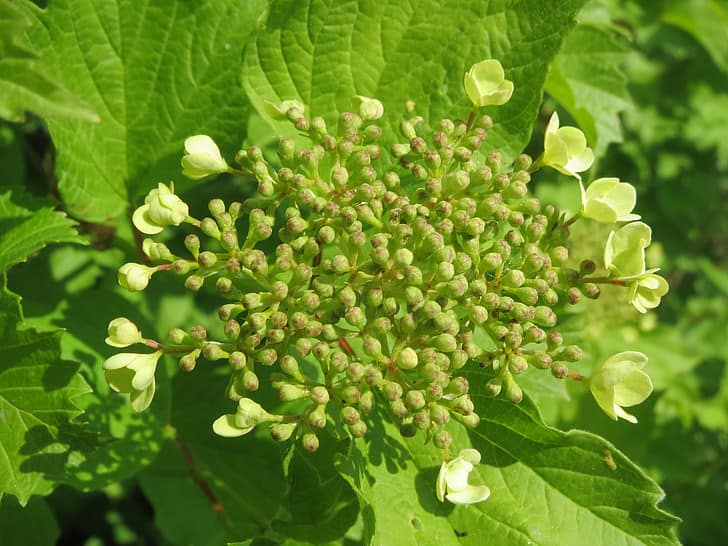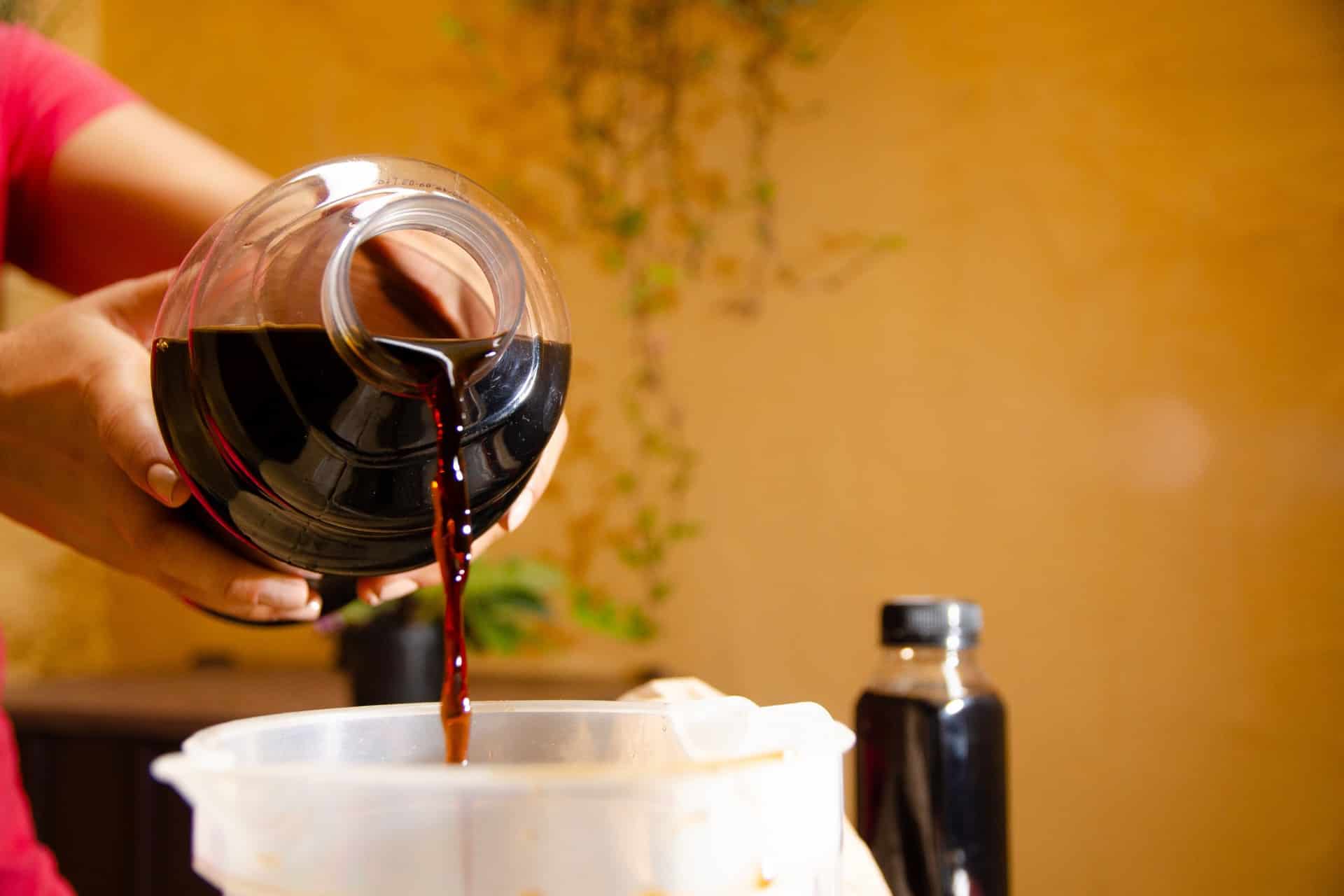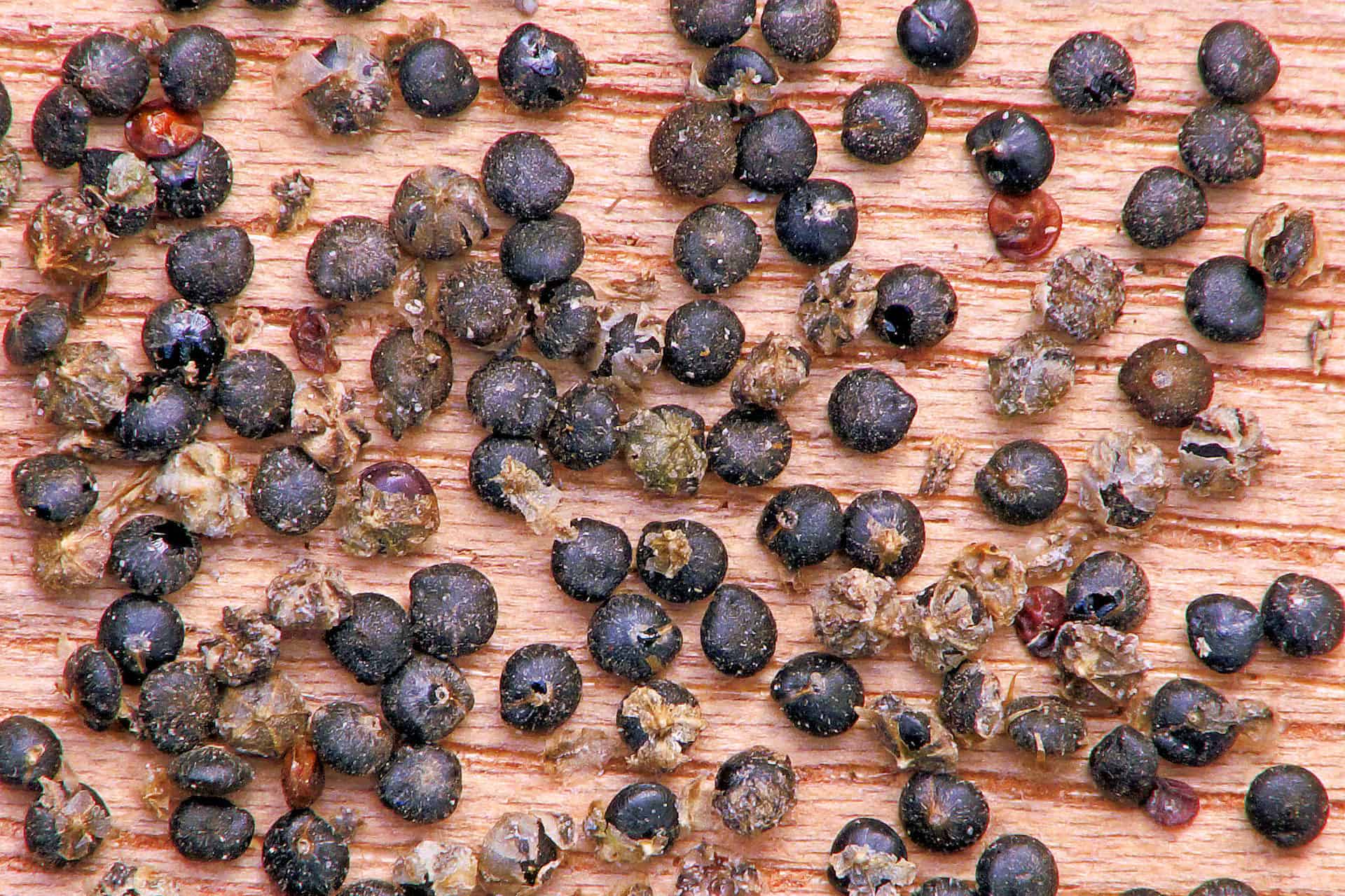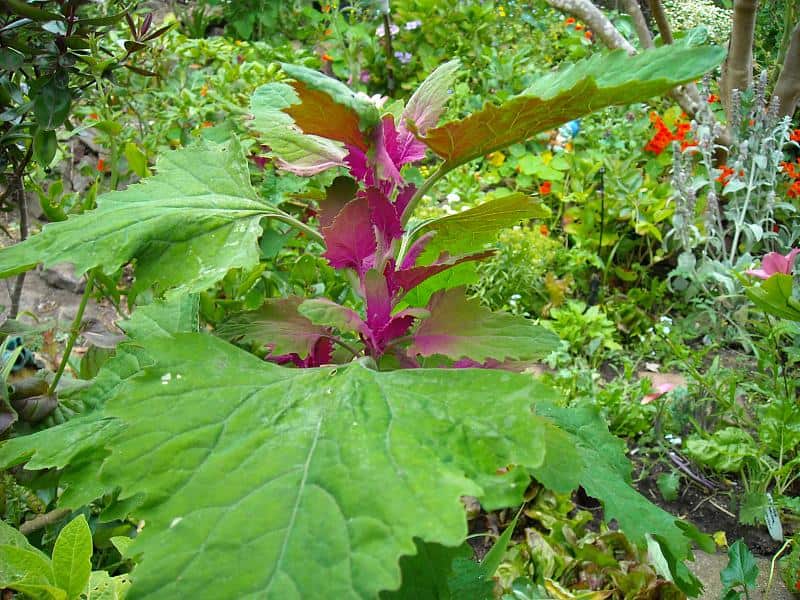No products in the cart.
Table of Contents
The Chenopodium album has yet again made its way into the research world as edible plants. Still, it is considered a weed in many gardens as it appears out of nowhere and is pesky for gardeners.
Yet, the greens of the plant you can prepare as spinach are loaded with nutrients and develops edible seeds. While the bacon weed provides gentle medicinal properties as an edible plant, it comes over as a common garden weed and spreads fast in large quantities through crop seeds.
But today, we will look at caring for this plant indoors and learn more about how safe it is to eat.
More About Lamb’s Quarters

The Chenopodium species is an upright recumbent annual that is considered a week. The foliage has triangular to spear-shaped light green leaves. The upper parts are lance-shaped from the stem, with green panicles with young inflorescences with inconspicuous flower heads from summer to early fall.
Another fact is that it goes by many common names:
Fat Hen
Pigweed
Bacon Weed
Goosefoot
Lamb’s Quarters
It is a common weed of newly cultivated soils, harvested in the wild for medicinal purposes in some areas. It is also occasionally grown as a food crop in some regions. While you get edible seeds and leaves, many of the species still contain saponins in small quantities to do any harm.
Although saponins are toxic, the body absorbs them without any problems passing them straight through the body. Furthermore, during cooking, the toxins are broken down. So the truth is you find saponins in many foods like beans.
Another toxin found in the plant is oxalic acid, and in large quantities, it can lock up some nutrients found in the food. Still, the Lamb’s Quarters remain nutritious when taken in reasonable doses.
Yet, if you tend kidney stones, rheumatism, hyperacidity, gout, or arthritis, you need to take caution if you make the fat hen part of your diet as it can aggravate your condition. The other concern is that consuming vast quantities has resulted in photosensitivity in people, mainly when eating raw leaves.
Still, with the oxalic acid and saponins present, consuming small quantities of hydrogen cyanide can help stimulate and improve digestion to respiration.
Chenopodium Album Care
Fat hen in most regions spreads as wild plants as it sows freely. You can grow them as an annual herb in fertile soils in a container to keep them controlled.
In some parts of the world, grown in moderate amounts, the Lamb’s Quarters are good companion plants for corn, cucurbits, and potatoes.
The care for this plant is not complicated; still, it is considered an invasive species in some North American regions.
Best Potting Soil

These edible plants grow best in fertile soil types with manure that helps increase the lamb’s quarters frequency. Yet, in the wild, you find the fat hen growing in loamy, sandy soil.
Yet another report advises that when you grow these plants in soil types with too many nitrates, Chenopodium species can concentrate the substance into their leaves.
Nitrates can result in health problems for humans but should not be a concern if you do not plan to eat them. Even in nitrogen-rich soils, the fat hen can concentrate the hydrogen cyanide.
Suitable Sunlight

The fat hen is an easily grown plant that self-sows freely and thrives in full sun. The white goosefoot can also grow well in partial shade. Hence the plant responds directly to bright indirect light well.
Watering
The white goosefoot is a hardy weed that is drought-tolerant but helps keep the soil moist for optimal growth. When grown controlled outdoors, it will rely mostly on rainfall, but supplement watering can be given if it is dried out.
For outdoor lamb’s quarter plants adding some mulch helps to retain the moisture.
Fertilizing

Growing lamb’s quarters as a houseplant can benefit from feed in the growing season. Still, these plants can thrive without any feed outdoors throughout the year. We recommend an organic liquid fertilizer during spring and summer.
Temperature and Humidity
The plant is versatile as it can grow in full sun to partial shade, and the genus is drought tolerant. The same applies to temperature as the plant can grow in different climates to temperatures that range from 41°F to 86°F.
Therefore, if you live in a cold region in North America, you can grow it annually, but in tropical areas, it will still grow throughout the winter.
Pruning and Maintaining
Lamb’s quarters is an annual plant that does not need much pruning. You can remove diseases and yellow or dropped leaves from the stems in the growing season. It will keep your plant free from pathogen infection.
Propagation
For multiplying your fat hen, the best is through seeds. These plants produce a lot of seeds, and the majority of the seed drops to the ground. When you sow spring time the seeds of this genus will sprout quickly.

So the best is to keep your white goosefoot under control by planting the seeds in containers to prevent wind from spreading the seeds even further in your garden.
Chenopodium Varieties
When it comes to edible plants in the Chenopodium genus, you can find some varieties, but these are the popular ones available.
Chenopodium giganteum

The goosefoot is a fast-growing annual development with a bushy form. The leaves have a flushed red-to-pink hue. As the plant matures, it turns to a deeper green. You can only eat the young leaves and shoots to cook, like spinach, to remove the oxalic acid and saponins.
You can also collect the plant seeds if grown in a warm climate to sow in spring.
Chenopodium fremontii

The Fremont’s goosefoot is another edible plant you can consume when taking the young leaves and shoots. You can cook it as spinach, but it should be cooked to break down the toxins.
Pest and Disease
On the fat hen, you can find many fungi, viruses, to bugs pestering the plant outdoors. Still, it is not as susceptible to bacterial infections or pests when taken care of indoors. Still, if it is in too moist conditions leading to wet feet, it can result in root rot and fungal infections.
Hence, we recommend allowing the soil to dry between watering to prevent the foliage from rotting.
Frequently Asked Questions
Yes, the genus is an edible plant; you can eat the leaves cooked or raw. It is used as a spinach substitute, but the taste is bland. Still, you can add a few stronger flavored foilage. Many people enjoy the plant with beans.
Yet, it is best not to eat the leaves raw as they have some toxicity.
You even get edible seeds you can dry and grind to add to a meal or eat in baked bread or chew raw. The edible seed you can sprout to add to your salad is also easy to harvest. Still, you must soak the water overnight and rinse them off well before using them.
Some people even use the young unstalked flowers as a broccoli substitute.
The fat hen plants people use in food are also used as medicine.
These annual summer plants emerge in spring and seed in the late summer to die back in fall.
Depending on where you live, you always need to check your state’s regulations on planting the Chenopodium album, as it is a weed and invasive in some regions. Still, if you want to grow it as an indoor plant, you can get it here at Plantly.
Whether you want to buy, sell or simply reach out to other plant enthusiasts, Plantly is the right place to be!


